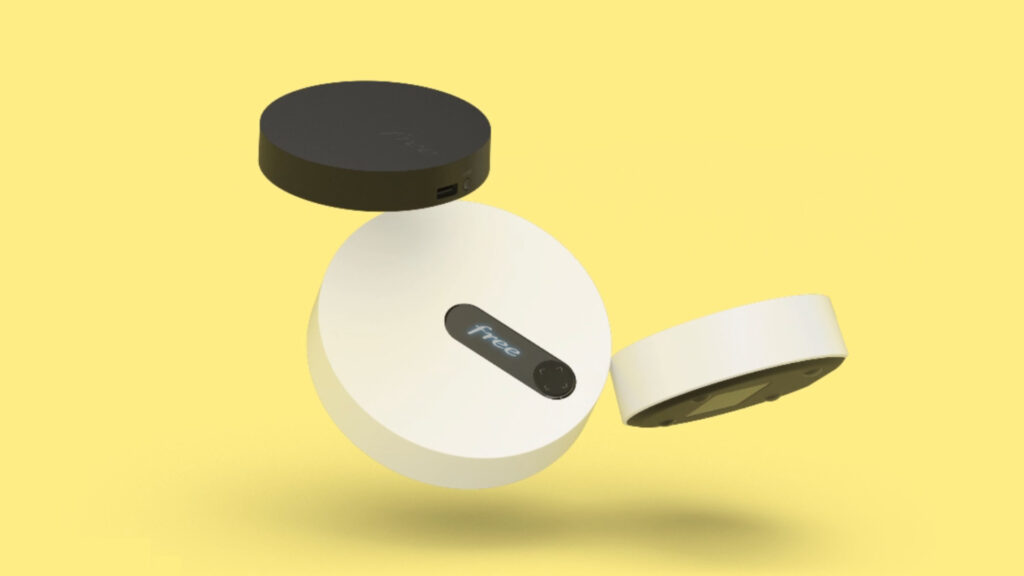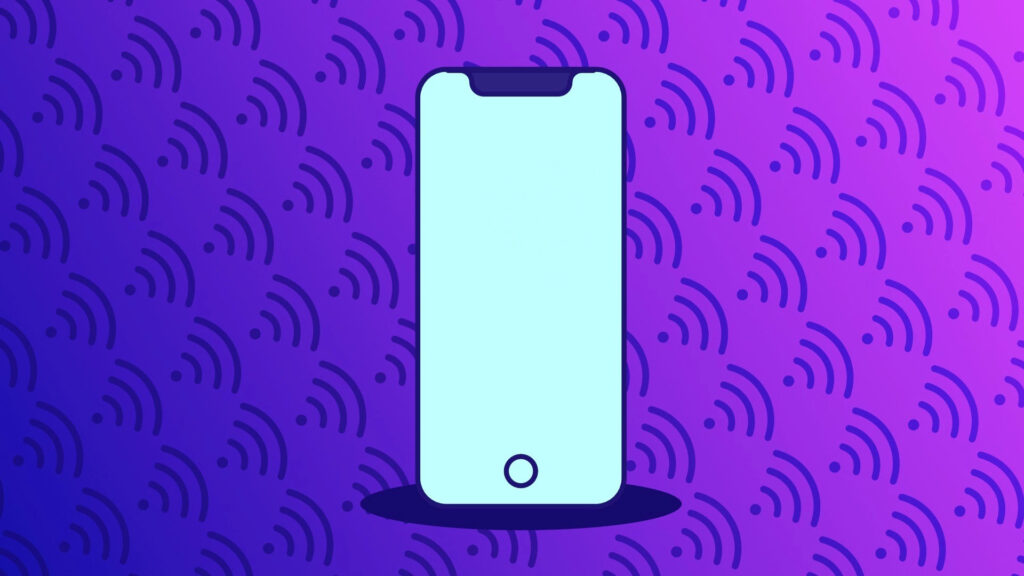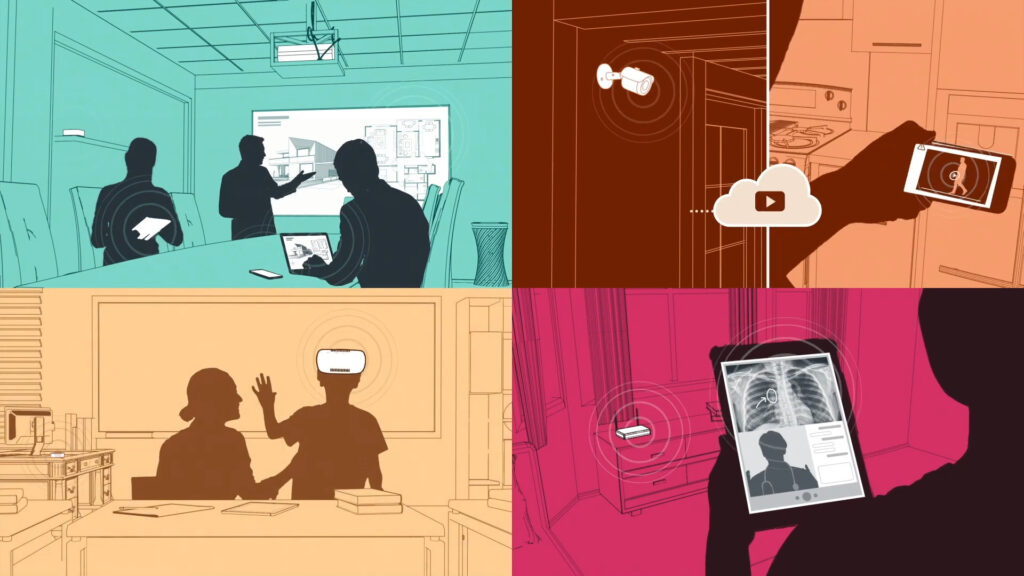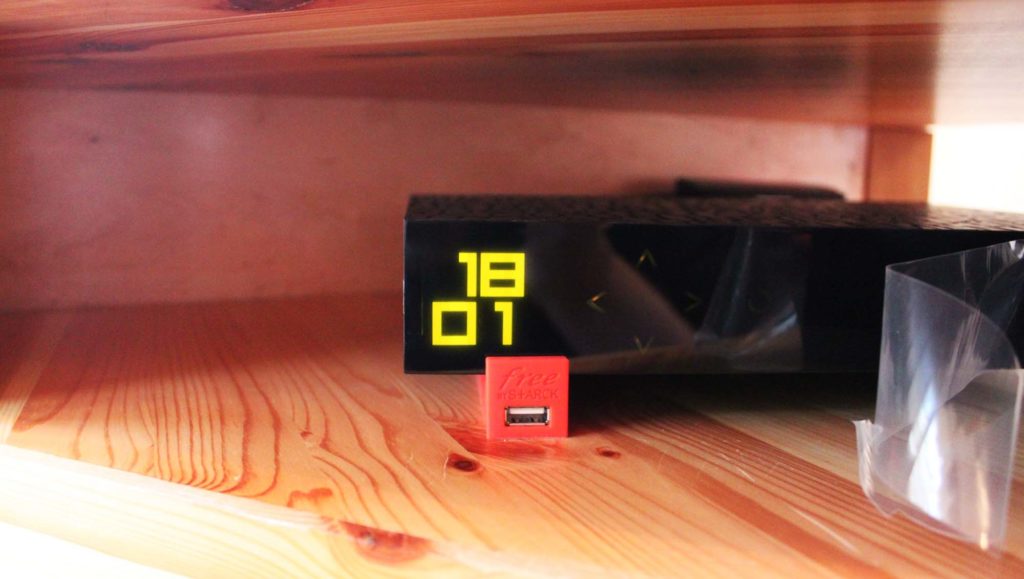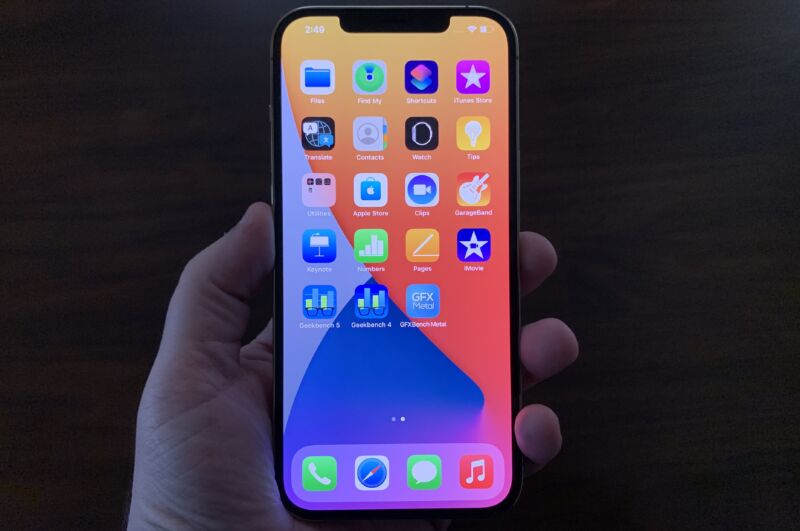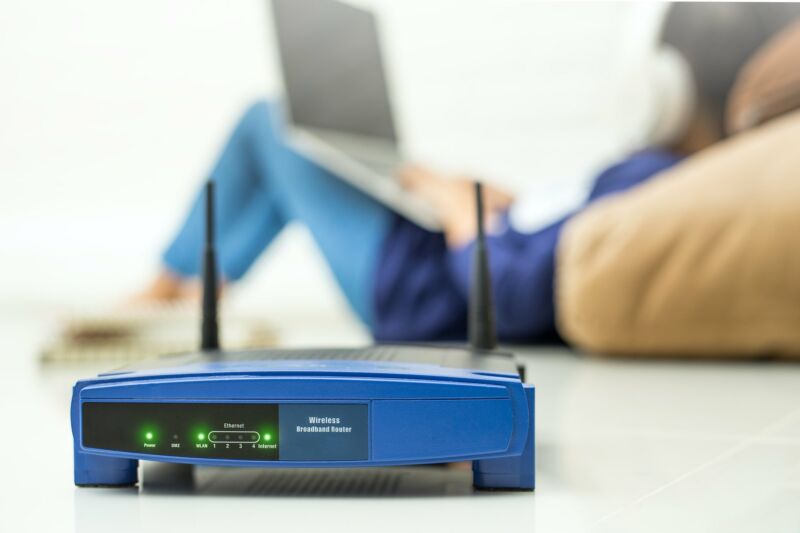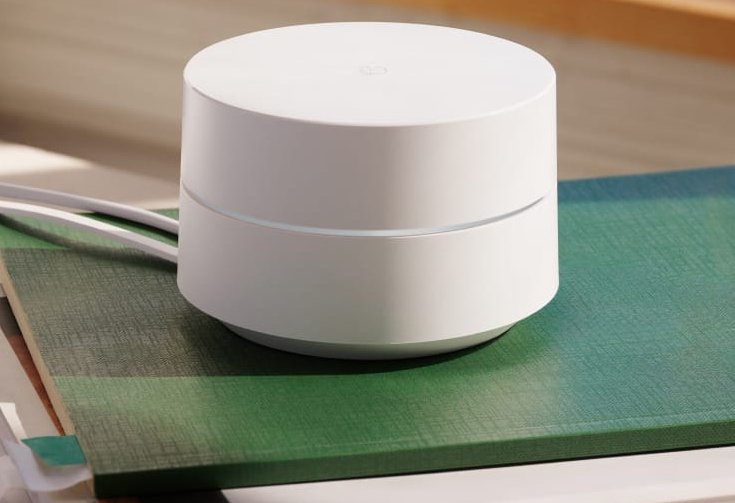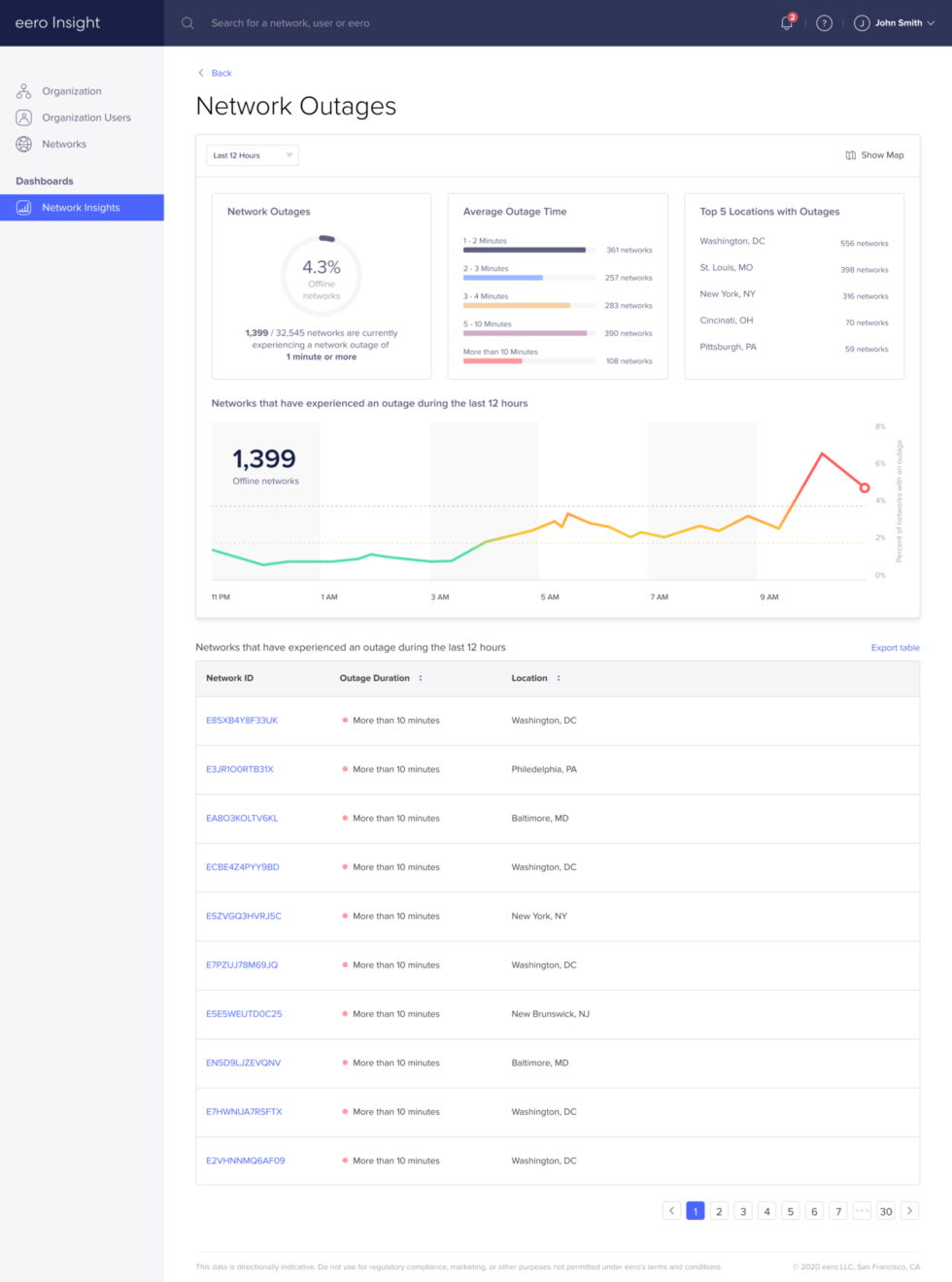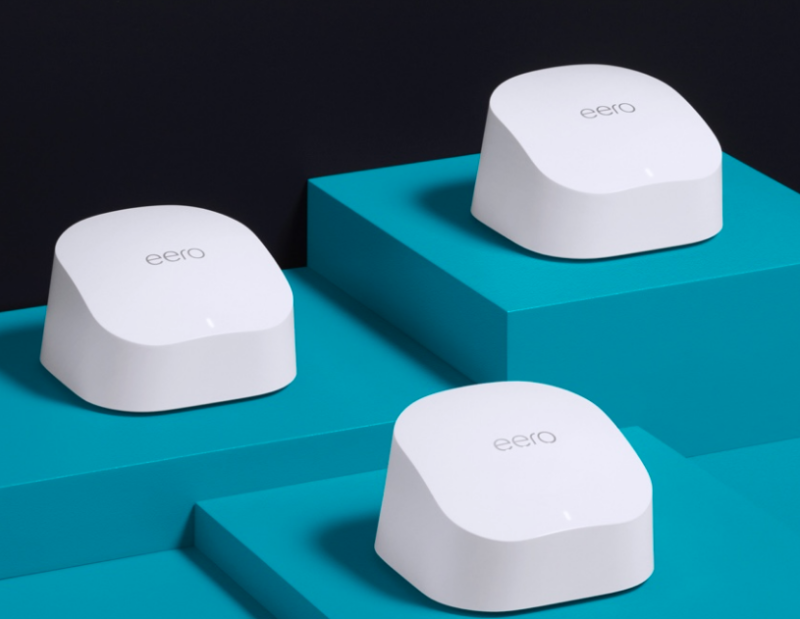
Enlarge / A trio of Wi-Fi 6 Eero Pro devices like these should provide excellent Wi-Fi coverage and performance for nearly any home. (credit: Eero )
This Tuesday, Eero—one of the first and most popular Wi-Fi-mesh providers—announced a new hardware and software program which targets ISPs rather than retail customers. Ars spoke about the new program at length with Nick Weaver, Eero founder and CEO, and Mark Sieglock, Eero's GM of Software Services.
The short version of Eero for Service Providers is simple: deploy new Eero 6 series hardware, let your customers self-install using a co-branded app with the ISP's own name on it, and provide the ISP with Eero Insight, a dashboard allowing them to view metrics from the entire fleet-level down to individual households. The telemetry exposed to the ISP includes outages, speed-test data, client network topology, RF diagnostics, and more.
ISPs using Eero Insight can check for network outages using Eero telemetry, with configurable alert levels. [credit: Eero ]
Weaver told us that the vanilla Eero Insight dashboard itself wasn't the whole story, though. The metrics, charts, and graphs the dashboard exposes can also be accessed via API, allowing larger providers to seamlessly integrate the data into their own, existing dashboards.
 chevron_right
chevron_right
